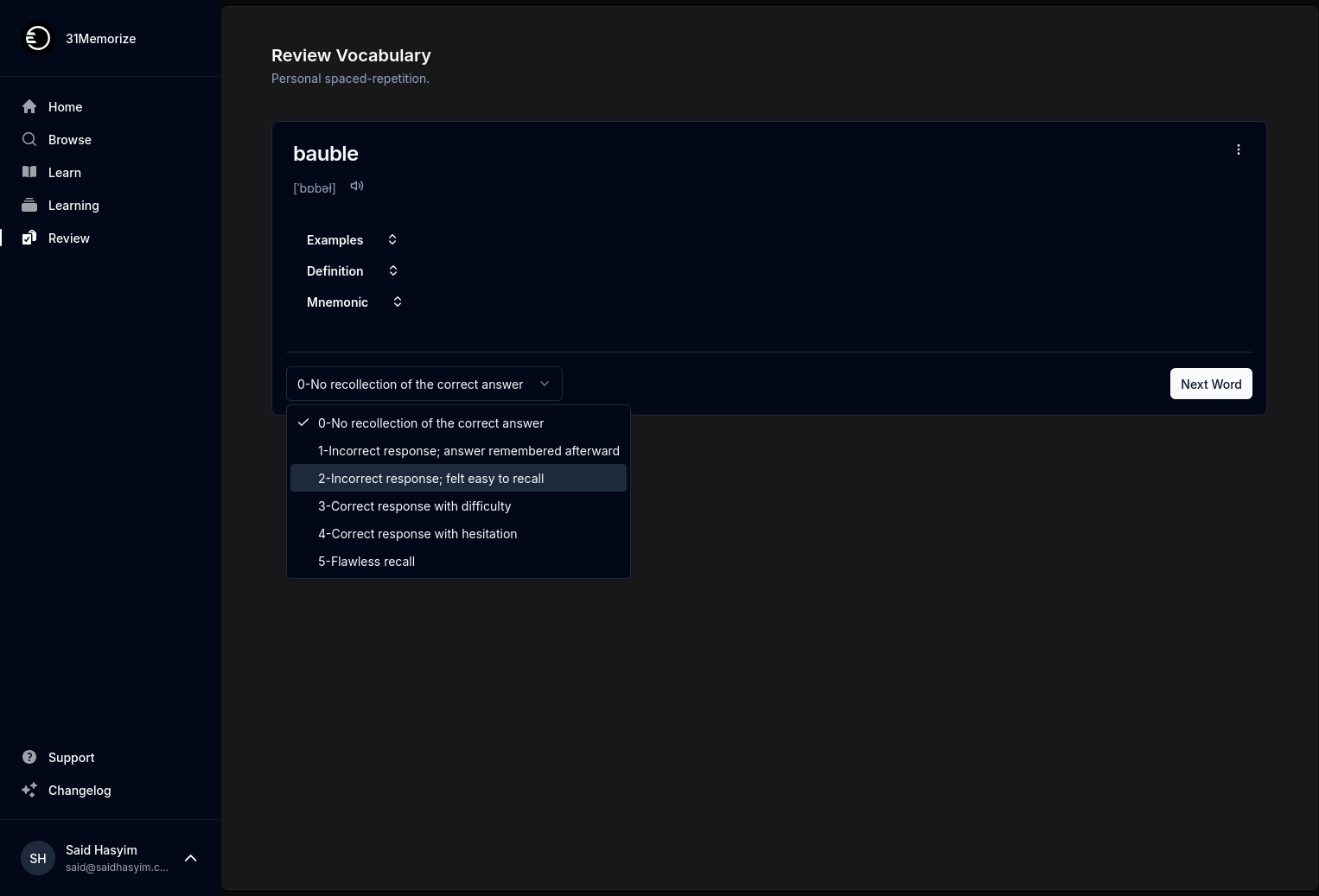Discover Trends: Analyzing Book Ratings Over Time
In a world brimming with countless titles, emerging authors, and rapidly evolving reader preferences, the landscape of literature is always shifting. The digital age has empowered readers to share their thoughts and opinions about books like never before. Platforms like Goodreads, Amazon, and social media have transformed how people interact with narratives, allowing for the rating and reviewing of books in real-time. However, a deeper look into book ratings over time can provide invaluable insights into shifting trends, popular genres, and reader engagement.
The Evolution of Book Ratings
Book ratings have existed in some form for centuries, from personal annotations in the margins of books to organized rating systems in libraries. With the onset of the internet, online platforms have standardized how readers evaluate books, typically using a star system or a numeric scale. These platforms allow users to provide feedback instantaneously, generating a wealth of data that can be analyzed for patterns and trends.
The Impact of Digital Platforms
The rise of digital platforms has democratized book reviews. Readers no longer rely solely on critic reviews; they leverage the multitude of opinions available online. This shift altered the way books gain visibility and ascend the bestseller lists. Consequently, even lesser-known titles can receive significant attention, provided they garner positive reviews.
Through analyzing these trends, we see patterns emerging in ratings that align with broader societal changes. For instance, the rise of diversity in publishing has influenced how readers perceive books. Works that highlight underrepresented voices often receive more favorable ratings as readers seek out authentic narratives reflecting a broader human experience.
Analyzing Trends: Key Factors
Genre Popularity Over Time
One of the most fascinating aspects of book rating analysis is the fluctuation in genre popularity. In the early 2000s, genres like young adult (YA) and fantasy saw a surge due to breakout titles that captivated readers. Through an analysis of ratings data, we can visualize how certain genres rise and fall in prominence over time.
Young Adult Fiction: The explosion of YA novels in the early 2010s, fueled by series like The Hunger Games and Twilight, led to a significant increase in ratings. The analysis reveals that young readers gravitated towards themes of dystopia, love, and self-discovery, which resonated with their experiences.
Literary vs. Genre Fiction: While literary fiction has always held a niche audience, genre fiction's increasing acclaim has shifted the conversation around what constitutes valuable literature. By comparing ratings of literary vs. genre works, we can discern cultural shifts; for instance, how social issues reflected in genre fiction often lead to higher ratings during their peak relevance.
Non-fiction Resurgence: Recent years have seen a notable increase in the popularity of non-fiction, particularly in the areas of memoirs and self-help. As cultural and political climates provoke introspection, readers are increasingly rating these works highly, reflecting a desire for both understanding and connection.
Seasonal Variations in Ratings
Ratings fluctuate throughout the year, often influenced by seasonal trends and societal events. The holiday season tends to see a spike in ratings for giftable books, while summer often features lighter reads. Furthermore, events such as awards season or author tours can revitalize interest in specific titles, resulting in rating increases.
The Role of Social Media
Social media's impact on book ratings cannot be overstated. Platforms like Bookstagram and TikTok's BookTok have transformed books into viral sensations. Readers engage with these platforms to discuss and recommend books, promoting a cycle of interest that dramatically affects ratings.
Notably, the phenomenon of "viral" books often leads to unexpected rating jumps. Titles that trend on these platforms frequently receive a wave of ratings as influencers and everyday readers alike promote and discuss their favorite reads.
Data Analysis Techniques
To uncover trends in book ratings, various data analysis techniques can be employed. Some commonly used methodologies include:
Time Series Analysis: By plotting rating data over time, we can see clear trends, spikes, and declines that may correlate with external events or shifts in public sentiment.
Sentiment Analysis: By examining not just the numerical ratings but also accompanying reviews, we can gauge the emotions associated with a book. This nuanced analysis can unveil how reader perception has evolved relative to shifting societal contexts.
Correlation Studies: By correlating ratings with factors like publication date, author popularity, or marketing strategies, insights arise regarding what influences reader perceptions most effectively.
Case Studies: Books that Mapped the Trends
1. The Help by Kathryn Stockett
Published in 2009, The Help showcased the complexity of race relations in America through the lens of a Southern town's domestic workers. The ratings for this book skyrocketed during the 2010 film adaptation, illustrating how adaptations breathe new life into literature.
2. Becoming by Michelle Obama
Upon its release in 2018, Becoming rapidly gained popularity, with ratings reflecting widespread enthusiasm. This book's success demonstrates how influential figures, particularly women of color, are resonating with a broad audience.
3. Romance Novels and the #MeToo Movement
Over the past few years, the romance genre has undergone significant transformation. An analysis of ratings shows how themes of consent and empowerment have led to heightened interest in certain titles, reflecting the societal push for respect and equality.
Conclusion
Analyzing book ratings over time presents a compelling narrative, filled with insights into reader interests, societal shifts, and the forces that shape the literary world. As the landscape of publishing continues to evolve, understanding these trends can forge a deeper connection between readers and the stories they cherish.
Embracing the journey of discovery through this data not only enhances our appreciation for literature but also allows us to anticipate the stories that may capture our hearts in the future. Whether through exploring underrepresented voices or revisiting beloved genres, staying attuned to rating trends enables readers to navigate the vast ocean of literature with confidence and curiosity.
Happy reading, and may your next favorite book be one that truly resonates with you!
